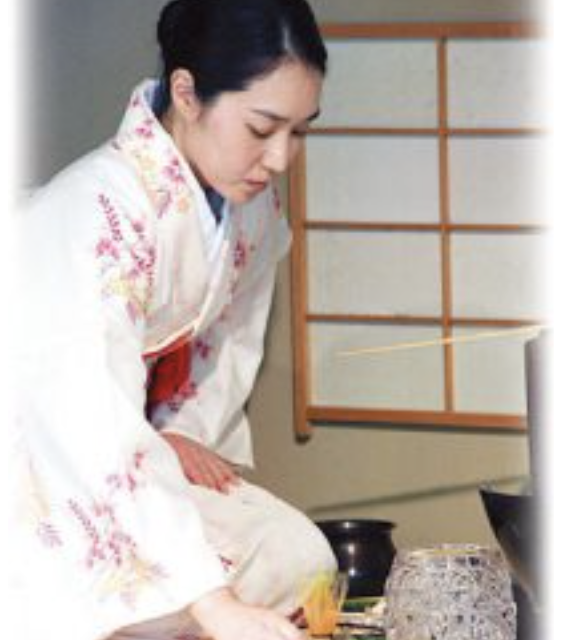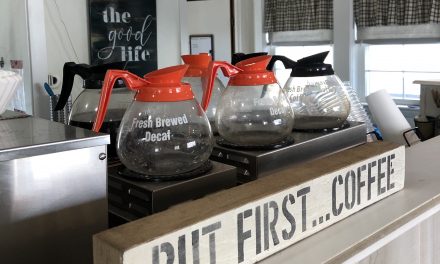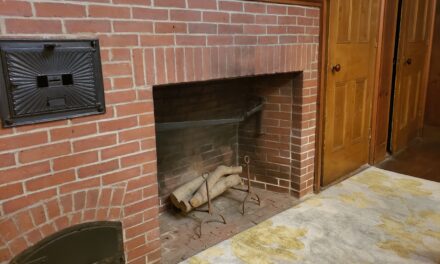by Erina Baker Palmisano.
As with most exhibitions, The Art Complex Museum in Duxbury evokes an intriguing, respectful air upon entering. As you explore, you observe collections of dynamic photography and Shaker works, life-like watercolors and international ceramics; a compilation of both modern-day expressionists, and artisans who practiced centuries ago. The beauty of any art museum lies not only in its display of progressive pieces but also its timeless ones, while cohesively bringing these two worlds together. This is why Shofuan: Wind-in-the- Pines Tea Hut settles well into The Art Complex Museum, as a traditional Japanese hut that showcases performances of ancient tea ceremonies for today’s visitors.
Designed in 1969, Shofuan is the creation of Kyoto-based artist Sano Gofu (1888-1997) who was a friend of Kojiro Tomita’s; a confidant of the co-founders of The Art Complex Museum, Mr. and Mrs. Carl and Edith Weyerhaeuser. The Weyerhaeuser’s were passionate about Japanese art, as evidenced by the museum’s impressive collection of Japanese ceramics, prints, and a vast library of Japanese art literature. Though there is a variety of media to choose from in Japanese art—flower arranging (ikebana), calligraphy, or pottery, to name a few—the Weyerhaeuser’s believed that the tea ceremony (chanoya) was the quintessential experience of understanding traditional Japanese culture.
Tea ceremonies were introduced initially by Zen Buddhist monks, who upon returning from their studies in China used the practice to prolong their periods of meditation. The specific type of green tea (matcha) is a fine powder created through a delicate and vigilant process from shade-grown tea leaves. This process aids in the tea’s high level of antioxidants, which many claim have significant health benefits for the habitual matcha drinker. In presenting the tea, each tool used and each movement made has a specific purpose that requires a mindful immersion in the methodology. There are three simple tools: the bamboo scoop (chashaku), the bowl (chawan), and the bamboo whisk (chasen). When handling these tools, the host appears to be performing a quiet dance.
Observing a tea ceremony, and the mindful movements performed for centuries, is a very humbling and beautiful experience. There is an atmosphere of quiet respect, with the only sounds heard being initiated by the host as he or she performs the practice. Both host and guests focus on one task at a time, prompted by a quiet response from one another; respect is both given and received.
Everything about Shofuan—and the tea ceremony that it houses—is a mindful expression of art and a serene departure from modern luxuries, though one would never feel lacking when visiting a tea hut. From the variety of materials used to construct the tea house, which signifies our ephemeral time on earth, to the details in a painting, calligraphy, and a flower container (hanaire) that holds a seasonal flower; each element challenges us to engage with the setting and reminds us to appreciate its timeless beauty.
Tea ceremony presentations are offered on the last Sunday in July, and August, in the tea hut which is situated in the Japanese garden at the front of the museum grounds. Take a moment to sit, in quiet reflection, during one of these times. Free yourself of a fast-paced life and simply exist in the presence of art in motion.
Tea ceremonies:
Typically the last Sunday in June, July, and August
The Art Complex Museum
189 Alden Street
Duxbury, MA 02332
(781) 934-6634
www.ArtComplex.org
Erina Baker Palmisano spends her time running on trails with her husband or volunteering for community groups that involve either her two active children, or her passion for local food.








